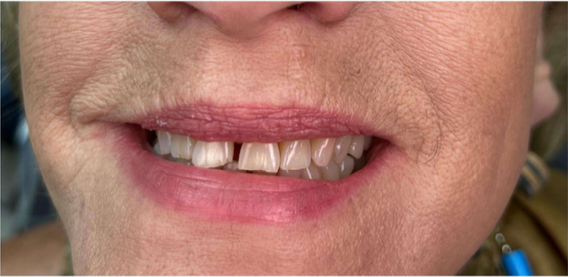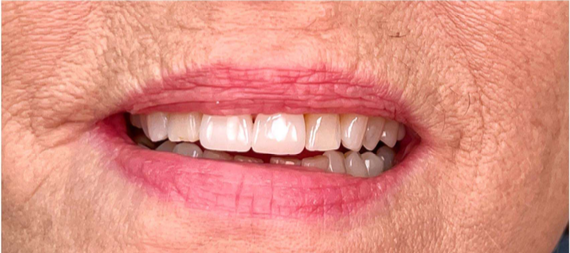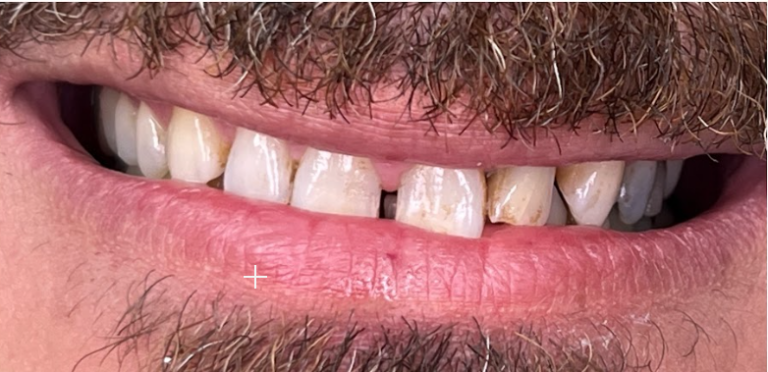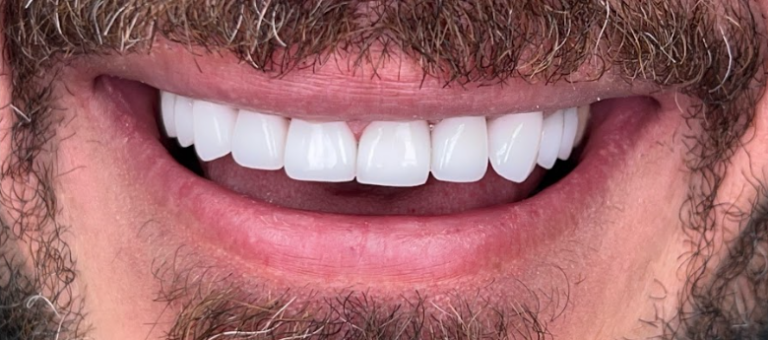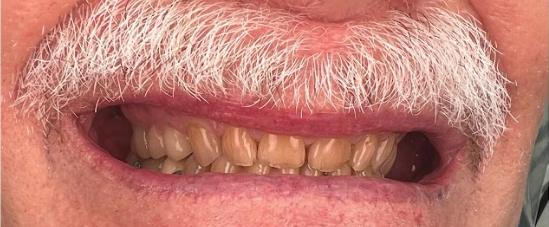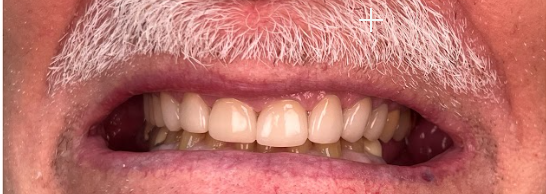Gum Disease, Gingitivitis
Healthy teeth need strong, healthy gums to support them. Plaque that isn’t removed daily can harden into tartar around the base of the teeth. This bacteria can penetrate and affect your gums, which causes gingivitis and periodontal gum disease. Gum disease is exceptionally common, but daily care and the help of a professional dentist can restore your gums back to the healthy base your teeth need to thrive.
Do I Need Gum Disease Treatment?
Gum disease, also known as periodontal disease, is an infection of the gums and tissue that support teeth. Gum disease is a progressive disease with several stages. Tender or bleeding gums is the first symptom, but left untreated may cause bone loss or require tooth extraction.
The earliest and most minor stage of gum disease is gingivitis. Nearly half of the adult population has some symptoms of gingivitis. Although it’s common, early detection and treatment is the key to preventing it from developing into more serious periodontal disease. Here are a few gingivitis symptoms to look out for at home:
- Painful, swollen gums
- Reddening or darkening of the gums
- Bleeding gums when brushing or flossing
- Receding gum line
- Chronic bad breath, or halitosis
- Increased sensitivity to hold or cold temperatures
Gum Therapy
To thoroughly remove plaque and tartar that make gum disease more severe, gum therapy is an effective solution. Gum therapy provides a deep periodontal cleaning to treat disease and stop it from spreading further.
A dental deep cleaning, also called scaling and root planing, is an effective non-surgical treatment to stop gum disease. It’s different from a routine cleaning since it focuses on plaque located below the gum line. Local numbing anesthesia is applied before the dentist will carefully work to remove bacteria around and below the gum line. An antibacterial mouthwash may be recommended after a dental deep cleaning to reinforce the procedure and clear out excess bacteria.
Maintaining Gum Disease Treatment
The most common cause of gum disease is poor oral hygiene. During your visit, we might suggest ways to better your daily habits and welcome any questions you may have on how to further prevent gum disease. Remember to brush and floss twice a day, and pay special care to gently brush to the gum line to remove plaque.
Once plaque has hardened into tartar, it’s always best to let a professional dentist safely and effectively clean the area. Schedule regular cleanings and checkups every six to twelve months. We might suggest more frequent visits to make sure your gums and teeth are healthy if you’re at risk for more serious periodontal disease.
Stop Gum Disease in its Tracks
The next best thing to preventative care is early detection. If you have signs of gum disease, let our experienced team give you the periodontic attention you for pink, healthy gums. Contact us today for comprehensive treatment you can trust.
